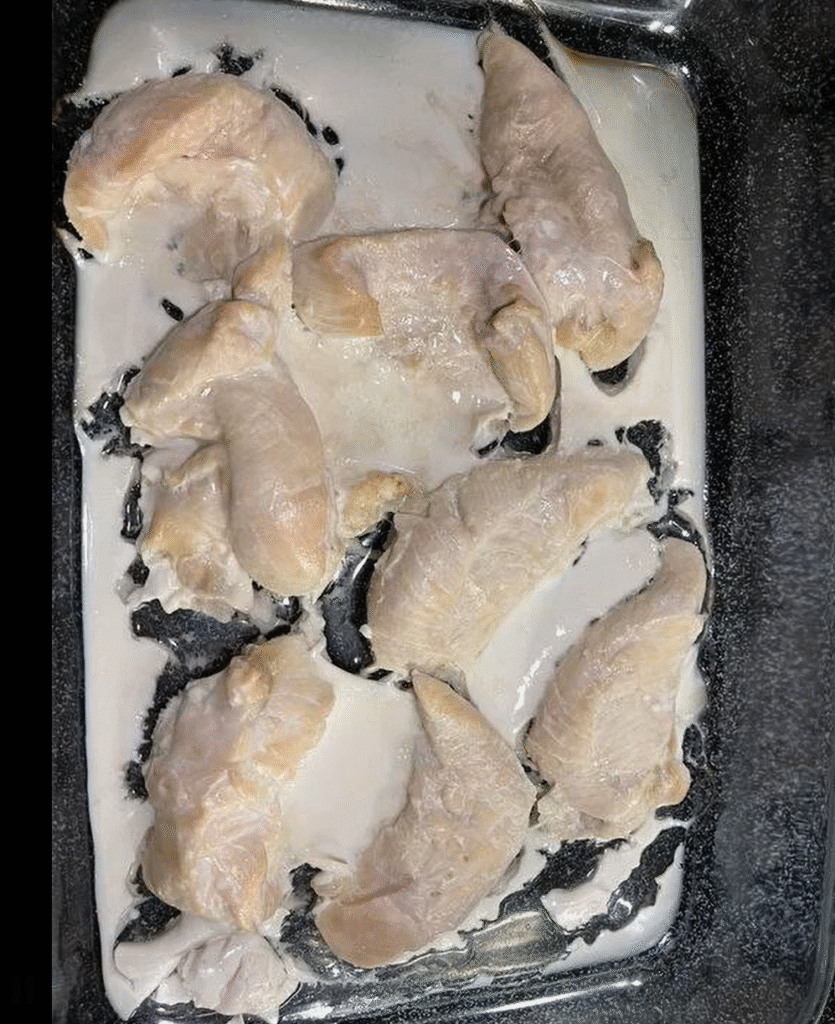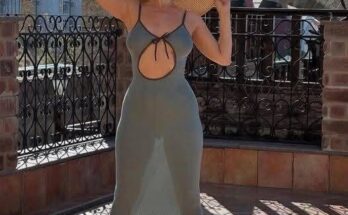
You pull a perfectly seasoned chicken breast from the oven, expecting a golden, juicy masterpiece—and then notice it: a strange white substance pooling around your poultry. Alarmed? Don’t be. This is more common than you think, and completely normal.
Personal chef and culinary instructor Drew Curlett reassures cooks of all levels: “It might not be pretty,” he says, “but seeing white stuff come out of chicken, especially when baked or roasted, is totally normal.”
What Is This White Stuff?
Despite its odd appearance, that white goo is simply a mix of protein and water being pushed out during cooking. Chicken breasts are high in protein and low in fat, which makes them especially reactive to heat. As the proteins denature—similar to how egg whites solidify—they clump together and release moisture, forming that slightly sticky, milky film.
This happens most often when cooking:
- Boneless, skinless chicken breasts – Their high protein content makes them prone to this reaction.
- Chicken at high temperatures – Baking, roasting, or searing quickly contracts proteins, forcing out more liquid.
- Frozen chicken not fully thawed – Ice crystals can damage muscle fibers, which release extra water and protein when cooked.
Is It Safe?
Absolutely. While it might not look appetizing, the white goo is completely edible. It doesn’t affect flavor or safety. Only be concerned if your raw chicken smells sour, feels slimy, or looks gray—those are real signs of spoilage.
How to Minimize the Goo
If it bothers you, these simple tricks can help:
- Cook at lower temperatures – Try 350°F (175°C) instead of 400°F (205°C) for a gentler cook.
- Brine your chicken – Soak in a saltwater solution for 30–60 minutes to lock in moisture.
- Sear first – Browning the outside before oven cooking helps seal in juices.
- Avoid cold or frozen meat – Let chicken sit at room temperature for 15–20 minutes before cooking.
- Choose high-quality chicken – Organic or air-chilled birds often release less water than conventionally farmed options.
The Bottom Line
White goo on your chicken is nothing to fear. It’s a natural reaction between heat, water, and protein. So next time your chicken looks a little milky around the edges, relax—it’s still delicious, safe, and perfectly cooked.


